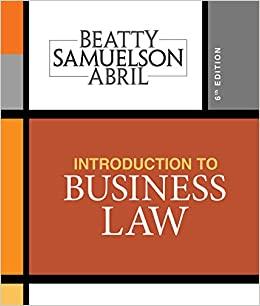Question
Objective: The purpose of this project is to (1) encourage you to see economics at work all around you in your daily life, and (2)
Objective: The purpose of this project is to (1) encourage you to see economics at work all around you in your daily life, and (2) sharpen your analytical skills in applying economic theory to real-world events.
Task:Read The Gulf News, The National, popular newspapers and magazines from other countries, listen to the radio, watch TV, scan the internet and look for news events where you can see the principles and concepts we study in class playing out in business. Collect these articles or news events, and for each one explain how it is possible to see economic forces at work in the story. I am NOT looking for academic articles that explain economics. I am looking for articles that do not even mention economics, but that you can recognize the economics in the article because of what you have learned in the course. These articles must be published after the first day of the current semester.You may not use articles that we have discussed in class or that are listed on Blackboard, plus you may check Blackboard to see projects that were handed in previously to get an idea of how and what to do.
Grading:Each student is required to explain a certain number of concepts to be considered for a grade. After reaching the minimum number of concepts, the project will be graded for content, grammar and spelling, neat and professional presentation, timeliness in turning it in. The final version of your project is due on the last day of classes at midnight. It must be submitted through SafeAssign in Blackboard. There is a 10-point per day late penalty.
You do not have a "number of articles" requirement; you have a "number of concepts explained" requirement. There is a list of possible concepts on the reverse side. VERY IMPORTANT: To be considered for an A grade, each student must explain 5 concepts.
Structure:Each project must additionally include both an introductory and a concluding paragraph. An outline of the project will be valued along with the list of concepts described.
List of concepts that students can use for the project:
|
|
Step by Step Solution
There are 3 Steps involved in it
Step: 1

Get Instant Access to Expert-Tailored Solutions
See step-by-step solutions with expert insights and AI powered tools for academic success
Step: 2

Step: 3

Ace Your Homework with AI
Get the answers you need in no time with our AI-driven, step-by-step assistance
Get Started


